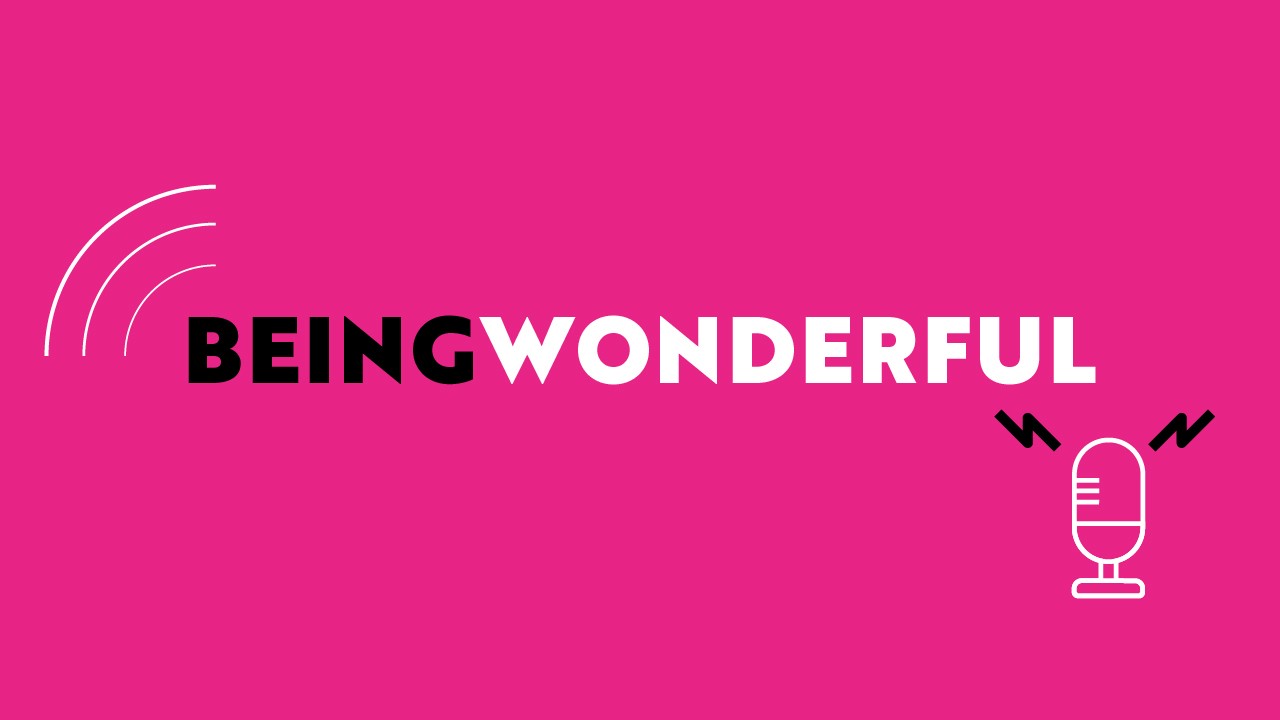
With the start of the new decade comes a time of reflection in the digital world, looking back at some of the last 10 years worth of predictions, and what we guessed correctly (or not). However, rather than spending hours flipping through old blogs for predictions that didn’t pan out, we thought we’d focus on one specific reason why new tech (and tech predictions) doesn’t always take off in quite the way marketers think it will – the fascinating world of UX!
User Experience
UX – or User Experience – is a key factor of both the offline and online world, important at every level from web design to physical shape and control placement. How a user experiences a brand interaction (whether that’s a website or a product) can alter their perception of that brand permanently – and the success or failure of many innovative new creations, or the renovation of old ones, can depend almost entirely on user experience, regardless of how progressive or exciting that thing is.
A number of global leading brands today are built on their unique consideration of user experience. Apple, in particular, has thrived on its reputation as a user-centric brand with essential aesthetic guidelines. However, some of the biggest failures also come from household names; GoogleGlass, whilst an incredible piece of wearable tech unlike anything else available at the time, was shelved all the way back in 2015 with minimal uptake. BlackBerry, once the leading mobile brand for professionals, was eventually out-foxed by touchscreen keyboards and the undeniably improved user experience that came with greater screen real-estate and app options.
With the importance of UX or brands, it is vital to understand the key areas that should drive your UX decision making. Of particular importance are two of those principles, the Aesthetic Usability effect and the Hick-Hyman Law, which are cognitive psychological influences on user perception and decision making.
All About Aesthetic
The Aesthetic usability effect describes the expectations that users have when interacting with brands or their products, and how their perception of that interaction can change their experience. A great-looking product, app or website heightens user expectations – it must be more intuitive, more convenient, and provide the user with a better usability experience than they would expect from a less well-designed equivalent. The aesthetic-usability effect is particularly prominent with experienced users who might be changing the brand they usually go to within a sector, or who are used to brands delivering a high level of usability excellence. Of course, if it isn’t then users can experience frustration and ultimately abandon the product in favour of another that does meet their expectations.
Due to this user expectation, no brand can rely solely on attractive design to achieve success – and overemphasizing the style or specific design elements without supporting UX infrastructure can have serious negative effects on the uptake of your product. However, it’s impossible for users to give attention to every single digital stimulus that they see. Rather, they use selective focusing to pinpoint the areas related to what they want to achieve, and disregard the rest. Every element should be designed with selective focusing and users’ expectations in mind to ensure ease-of-use. By making sure that user experience informs and guides your design decisions from the start, and through ample testing and the application of your own experience, you can avoid many of the pitfalls of user expectation.
Hick-Hyman Law
The second of our cognitive effects, the Hick-Hyman law is a cognitive psychological phenomena that expands upon the concept of selective focusing, and demonstrates the fact that design based on user experience can be a matter of balance between providing choices and points of action, aesthetic principles, and business needs.
The Hick–Hyman law, named after British and American psychologists William Edmund Hick and Ray Hyman, describes the time it takes for a person to make a decision as a result of the possible choices he or she has: increasing the number of choices will increase the decision time logarithmically, thus influencing user perception of design and usability. The Hick–Hyman law assesses cognitive information capacity in choice reaction experiments. The amount of time taken to process a certain amount of information in the Hick–Hyman law is known as the rate of gain of information.
This law has a particular impact on elements such as the number of conversion actions on a website, the design of menus or apps where user decision making drives experience, and even the spacing and placement of content on a page to manage the amount of information a user has to process at any one time. The temptation for marketers is to provide as many CTAs, points of conversion and choice as possible to try and guarantee user interaction can be high, especially if you’re trying to avoid the aesthetic usability effect – but overloading users with too many information points can have the opposite effect, overwhelming users with decision making and causing frustration.
By familiarising yourself with these principles, researching user experiences, and pursuing design, development and production practices with the experience of the user in mind, you can give your business a major step ahead of your competitors – and avoid having to play catch-up with what your users expect, and how they’re actually experiencing your product.
Latest posts

5 reasons why we still need Wonder in an AI driven world
As an agency, we are grappling with the role and application of AI within our daily business activities, our client offering, and our future growth

The Power of Purpose and Impact on Business Growth
In a marketplace increasingly driven by values and social consciousness, the role of purpose and impact in business growth has never been more critical.

Three key benefits of integrating a sense of Wonder within your brand & marketing strategies
We love creating Wonder. It’s our passion and forms our client mission. However, in an age where your customers and clients are bombarded with constant information and countless choices, capturing attention and building lasting connections has become increasingly challenging. We all have to work harder to capture people’s attention.